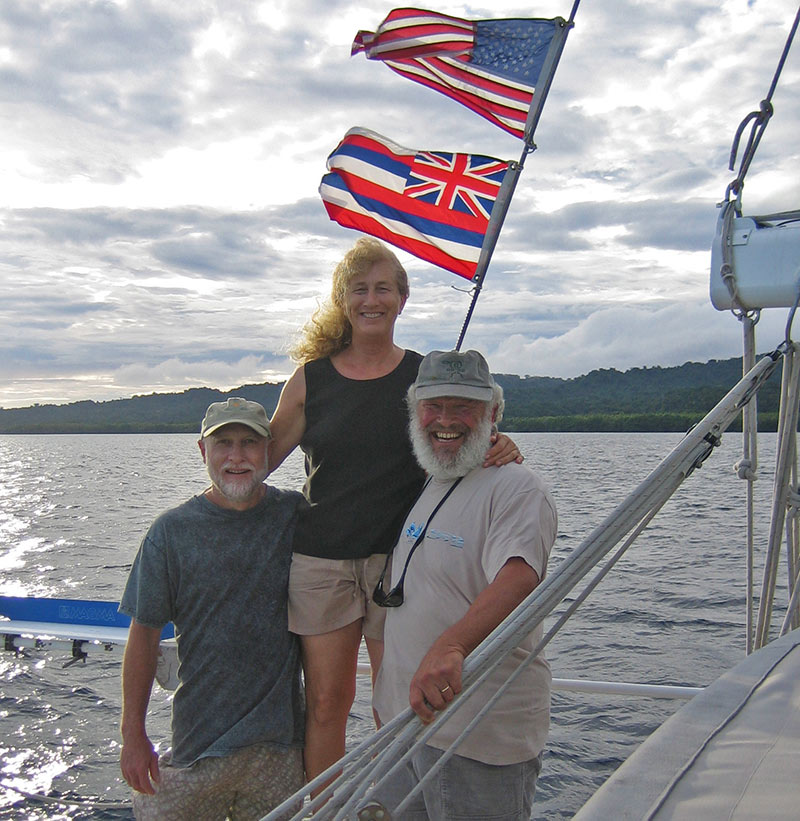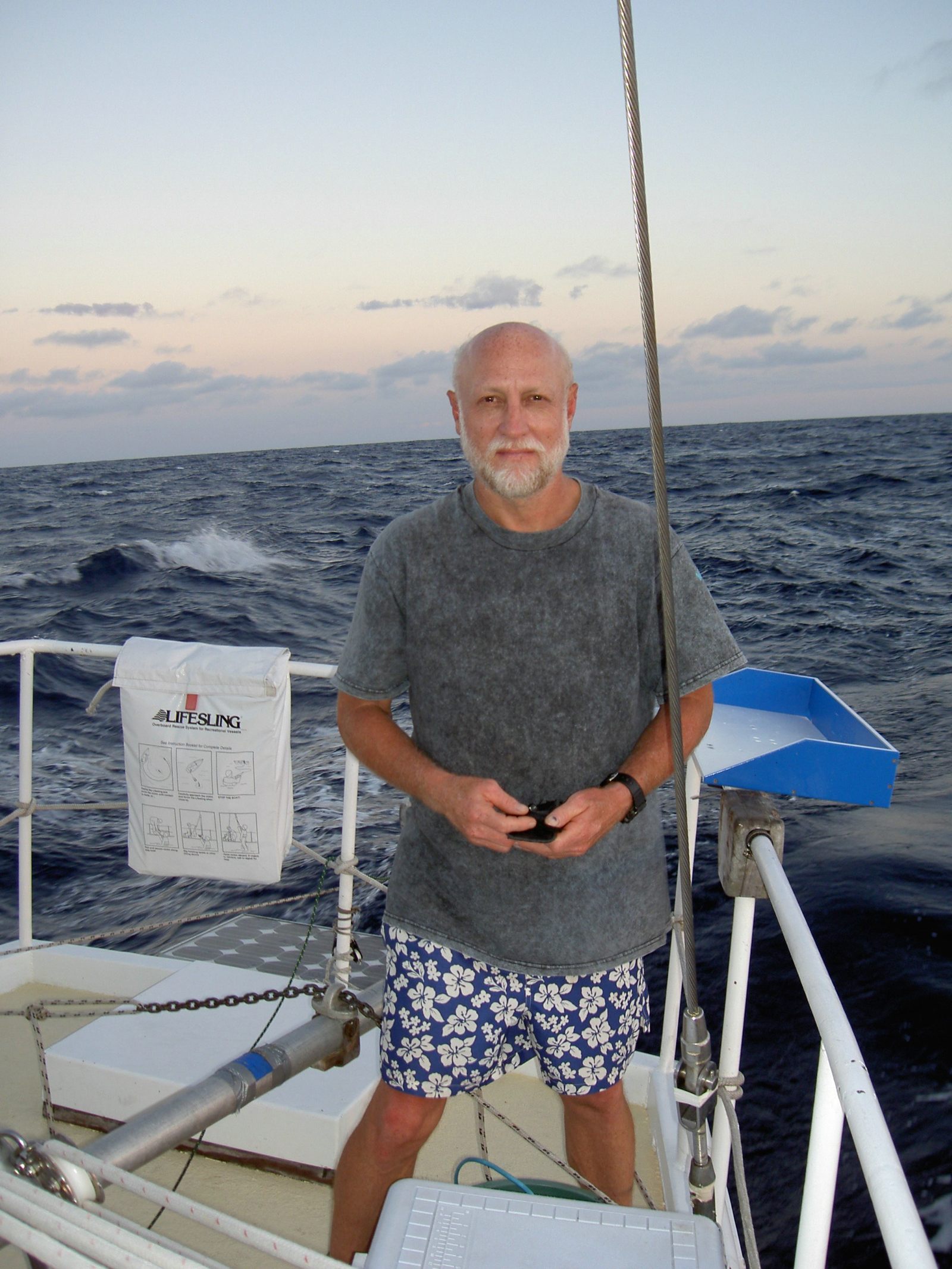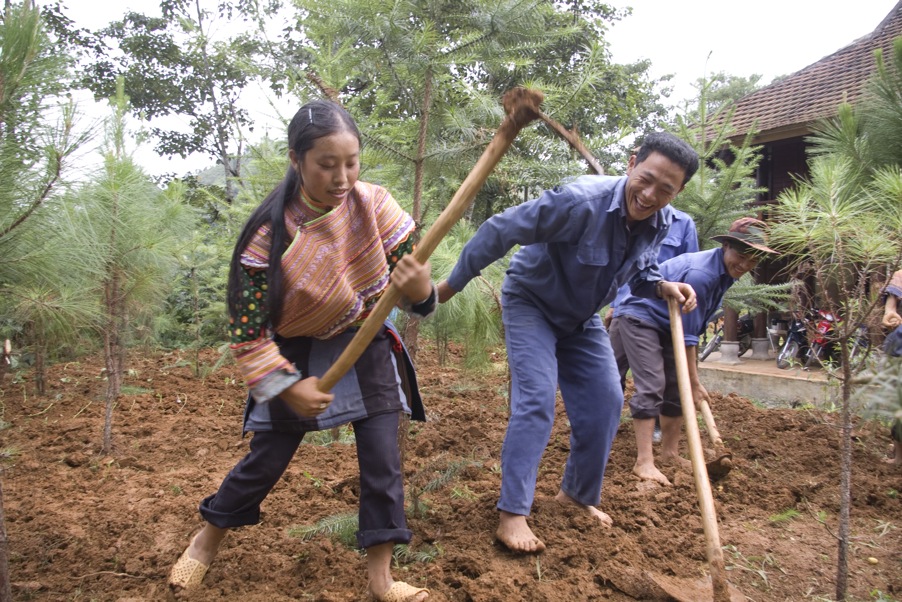
Jun 26, 2009
The doubling of the price of rice in Asia has given rise to what some have coined “the Asian Food Crisis.” While some economists feel that this is a temporary price hike, others see that the devastation from the recent cyclone in the central rice growing region of Burma can only exacerbate this condition, however temporary.
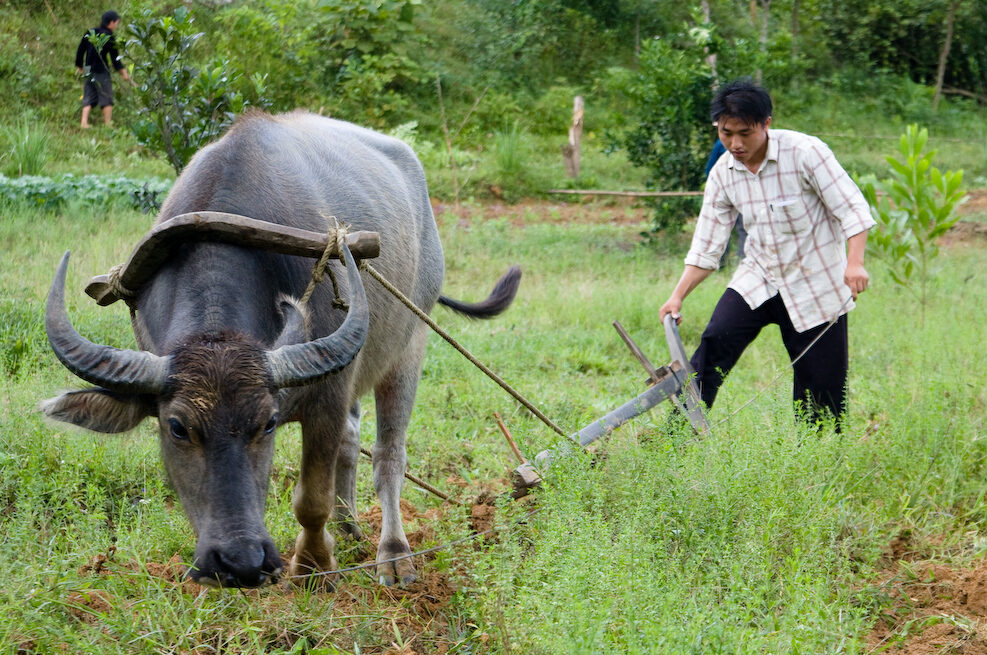
Jun 26, 2009
War decimated the landscape of Vietnam. The drastic economic times that followed drove Vietnam into the globalizing economy at lightning speed — and the country soon became the second largest exporter of rice in the world. After the war, Vietnam catapulted into the global marketplace, fast becoming the second largest producer of rice in the world. But the price of this rice is still being calculated: one out of every seven people in Vietnam goes hungry, for lack of rice, and farmers are spending more on chemical fertilizer than they are earning in profits.

Dec 2, 2008
LiveHopeLove looks at the universal problems faced by people with HIV/AIDS, through the specific lens of Jamaica, where almost no one is unaffected by the disease.
What are the unique realities of this small island state that set its HIV/AIDS sufferers apart from those in the rest of the world? Poet and writer Kwame Dawes travels to Jamaica to explore the experience of people living with HIV/AIDS and to examine how the disease has shaped their lives.
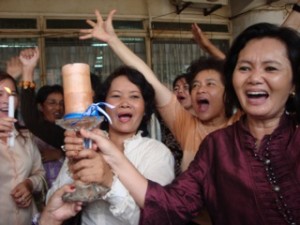
Sep 25, 2008
In 2008, Cambodian Member of Parliament Mu Sochua was embroiled in a court battle with Hun Sen, the Prime Minister of Cambodia. Hun Sen threatened to strip Mu Sochua of parliamentary immunity, which could have made it possible to imprison her. Mu Sochua, one of the world’s foremost defenders of women’s and human rights, would have lost her crucial voice for the women and the poorest of the poor in Cambodia.
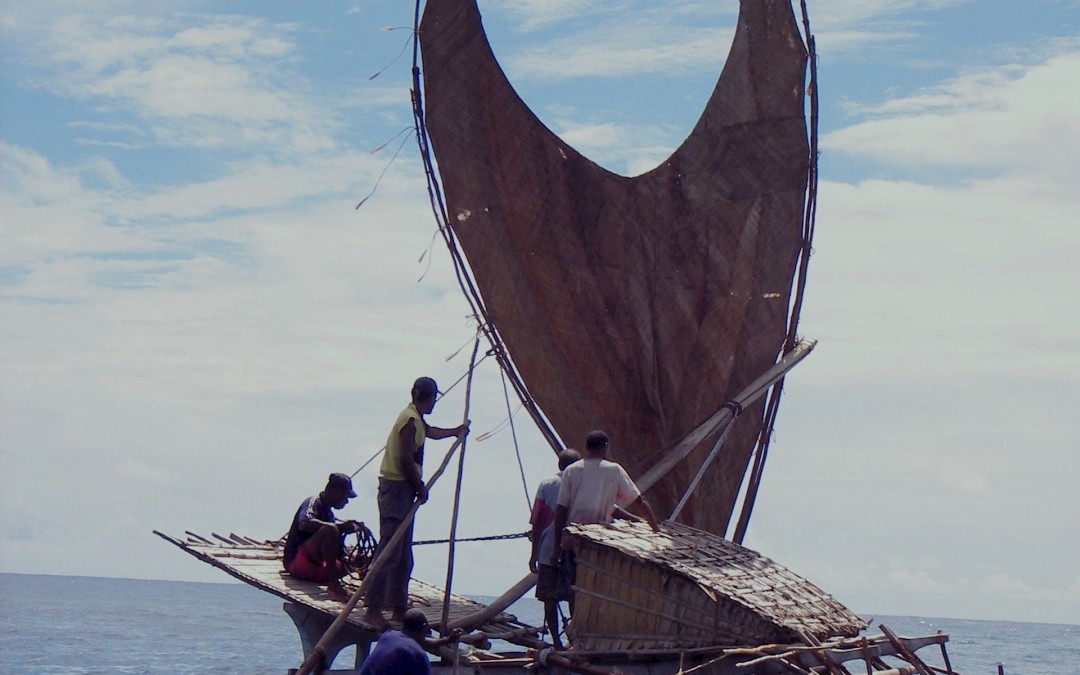
May 7, 2008
The Story of Lata explores the efforts by the people of a remote part of Solomon Islands to preserve their traditional boat building culture and navigation. It explores traditional Polynesian navigation in a region where the technology and knowledge is still intact. We listen to the older women who remember the old days of sailing, and who consider their role were this tradition to be revived. And we also consider the reality of modern life, which they are slowly being required to adapt to. How feasible is it to revive these ancient arts, which take time to learn?






